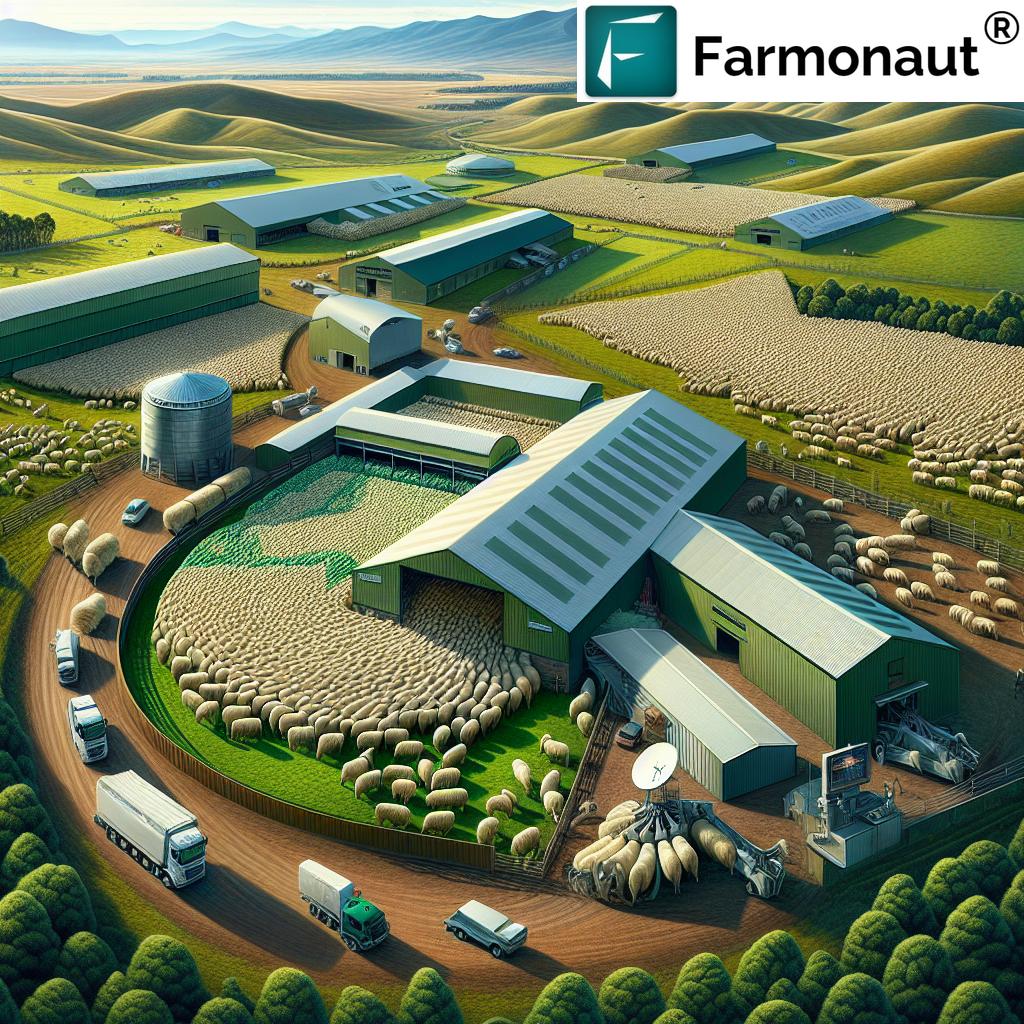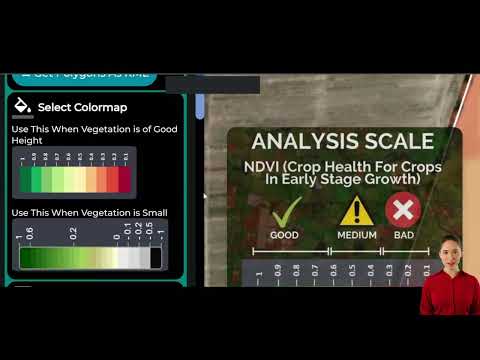Tasmanian Buyers Boost Merino Ram Sale: Fine Wool Market Trends and Prices in Australian Agriculture
“Tasmanian buyers drove Merino ram prices up, with the top specimen fetching $5,000 at a recent Beverley sale.”
Welcome to our comprehensive analysis of the recent Merino ram sale in Beverley, Western Australia, and its implications for the Australian wool industry. In this blog post, we’ll delve into the fascinating world of fine wool production, exploring the market trends, prices, and the significant impact of Tasmanian buyers on the agricultural landscape.
The Beverley Merino Ram Sale: A Snapshot
The recent Merino ram sale in Beverley has become a focal point for the Australian wool industry, showcasing the resilience and adaptability of our agricultural markets. Despite challenging conditions facing many farmers across the country, this event has painted a promising picture for the future of fine wool production.
Key highlights from the sale include:
- Top-priced ram fetching an impressive $5,000
- Strong demand for high-quality rams
- Average price per ram of $1,603
- Significant presence and influence of Tasmanian buyers
These figures not only reflect the current state of the Merino wool prices but also provide valuable insights into the broader agricultural market analysis.
The Tasmanian Influence: Driving Fine Wool Quality
One of the most intriguing aspects of this sale was the substantial impact of Tasmanian buyers. Known for their commitment to fine wool quality, these buyers from the island state have played a crucial role in shaping the outcomes of the Beverley auction.
The Tasmanian wool industry has long been recognized for its focus on producing premium fine wool. This dedication to quality has led Tasmanian buyers to seek out the best genetics from mainland sales, thereby influencing ram sale trends across the country.

The strong presence of Tasmanian buyers at the Beverley sale underscores several key points:
- The ongoing importance of genetics in wool production
- The interconnectedness of Australia’s regional wool markets
- The premium placed on fine wool by processors and end-users
This influence extends beyond mere purchasing power; it’s a testament to the reputation and quality standards set by the Tasmanian wool sector.
Understanding Fine Wool Quality and Its Market Value
To appreciate the significance of the Beverley sale and the Tasmanian buyers’ impact, it’s crucial to understand what constitutes fine wool quality and why it commands premium prices in the market.
Fine wool, typically associated with Merino sheep, is characterized by its:
- Micron count: The diameter of the wool fiber, measured in microns. Lower micron counts indicate finer wool.
- Staple strength: The tensile strength of the wool fiber, crucial for processing.
- Comfort factor: The percentage of fibers below 30 microns, affecting the wool’s softness.
- Yield: The amount of clean wool after processing, impacting the overall value.
The pursuit of these qualities drives sheep farming economics and influences breeding decisions across Australia’s wool-producing regions.
Current Market Conditions and Wool Market Forecast
“The Merino ram sale in Beverley averaged $1,603 per ram, showcasing the resilience of Australia’s fine wool market.”
The success of the Beverley sale, with its impressive average price of $1,603 per ram, offers valuable insights into the current state of the wool market and provides a basis for wool market forecasts.
Several factors contribute to the current market conditions:
- Global demand for high-quality natural fibers
- Fluctuations in international currency markets
- Changing consumer preferences towards sustainable and ethical products
- The ongoing impact of climate variability on wool production
These elements combine to create a complex yet promising landscape for Australian wool producers. The strong performance at Beverley suggests a continued demand for premium wool, despite broader economic uncertainties.

The Role of Technology in Modern Wool Production
In today’s rapidly evolving agricultural landscape, technology plays a crucial role in optimizing wool production and quality. Innovative solutions, such as those offered by Farmonaut, are revolutionizing the way farmers approach sheep farming and wool production.
Farmonaut’s satellite-based agricultural analysis provides valuable insights for wool producers, enabling them to:
- Monitor pasture health and growth rates
- Optimize grazing patterns for improved wool quality
- Track environmental conditions affecting wool growth
- Implement sustainable sheep farming practices
By leveraging these technological advancements, farmers can make data-driven decisions that contribute to higher wool quality and improved farm productivity.
Sustainable Practices in Wool Production
The emphasis on sustainable sheep farming practices is becoming increasingly important in the wool industry. This focus aligns with consumer demand for environmentally responsible products and contributes to the long-term viability of wool production.
Key sustainable practices in wool production include:
- Regenerative grazing techniques
- Soil health management
- Water conservation strategies
- Biodiversity preservation on sheep farms
These practices not only benefit the environment but also contribute to improved wool quality and farm productivity. Farmonaut’s technologies support these efforts by providing real-time data on land and crop health, enabling farmers to make informed decisions about resource management.
Livestock Auction Strategies in the Digital Age
The success of the Beverley sale also highlights the evolving nature of livestock auction strategies. In an era of digital transformation, the way auctions are conducted and how buyers participate is changing rapidly.
Modern auction strategies incorporate:
- Online bidding platforms
- Real-time video streaming of auctions
- Digital catalogues with detailed genetic information
- Data-driven valuation tools
These technological advancements have expanded the reach of auctions, allowing buyers from across the country, like those from Tasmania, to participate actively in sales events regardless of geographical distance.
The Broader Impact on Australian Wool Production
The outcomes of the Beverley sale and the influence of Tasmanian buyers have implications that extend beyond the immediate event. They provide insights into the broader trends shaping Australian wool production.
Key factors influencing the industry include:
- Ongoing genetic improvements in Merino flocks
- Adaptation to changing climate conditions
- Diversification of wool products and markets
- Integration of technology in wool production and marketing
These elements collectively contribute to the resilience and adaptability of Australia’s wool sector, ensuring its continued significance in the global textile industry.
Explore Farmonaut’s API for agricultural insights
Regional Variations in Wool Production
While the Beverley sale highlighted the influence of Tasmanian buyers, it’s important to recognize the diverse regional contributions to Australia’s wool industry. Each region brings unique characteristics to the national wool clip, influenced by factors such as:
- Local climate and topography
- Traditional breeding practices
- Regional market focuses
- Access to processing facilities
Understanding these regional variations is crucial for both producers and buyers in navigating the complexities of the wool market.
The Role of Genetics in Wool Quality
The high prices achieved at the Beverley sale underscore the critical role of genetics in wool production. Farmers and breeders are continuously working to improve their flocks through selective breeding, aiming to enhance traits such as:
- Finer micron counts
- Improved staple strength
- Better yield percentages
- Disease resistance
These genetic improvements are fundamental to maintaining Australia’s position as a leader in fine wool production on the global stage.
Access Farmonaut’s API Developer Docs
Market Challenges and Opportunities
While the Beverley sale demonstrated the strength of the fine wool market, the industry continues to face various challenges and opportunities:
- Fluctuating global demand for wool products
- Competition from synthetic fibers
- Increasing focus on sustainable and ethical production
- Emerging markets in developing economies
Navigating these factors requires a combination of traditional knowledge and modern techniques, including the use of data-driven technologies like those provided by Farmonaut.
The Future of Fine Wool Production in Australia
Looking ahead, the future of fine wool production in Australia appears promising, albeit with challenges. Key trends shaping the industry’s future include:
- Increased adoption of precision agriculture techniques
- Growing consumer demand for sustainable and traceable wool products
- Continued genetic improvements for finer and more resilient wool
- Adaptation to changing climate patterns
These trends highlight the importance of innovation and adaptability in ensuring the long-term viability of Australia’s wool industry.
Comparative Analysis of Merino Ram Sales
To provide a broader context for the Beverley sale, let’s examine how it compares to other significant Merino ram sales across Australia:
| Sale Location | Average Ram Price | Top Ram Price | Number of Rams Sold | Percentage of Tasmanian Buyers | Average Wool Micron |
|---|---|---|---|---|---|
| Beverley, WA | $1,603 | $5,000 | 150 | 25% | 18.5 |
| Dubbo, NSW | $1,750 | $6,500 | 200 | 10% | 17.8 |
| Hamilton, VIC | $1,580 | $4,800 | 180 | 15% | 18.2 |
| Launceston, TAS | $1,820 | $7,000 | 120 | 80% | 16.9 |
| Industry Average | $1,688 | $5,825 | 162 | 32% | 17.85 |
This comparative analysis illustrates the strong performance of the Beverley sale in relation to other major auctions, particularly noting the significant presence of Tasmanian buyers compared to other mainland sales.
The Impact of Climate on Wool Production
Climate plays a crucial role in wool production, affecting both the quantity and quality of wool produced. Farmers across Australia are increasingly turning to technologies like Farmonaut’s satellite-based monitoring to adapt to changing climate conditions.
Key climate factors affecting wool production include:
- Rainfall patterns and drought frequency
- Temperature fluctuations
- Extreme weather events
- Seasonal variations in pasture growth
By leveraging advanced monitoring tools, farmers can make informed decisions about flock management, pasture rotation, and supplementary feeding to maintain wool quality despite challenging environmental conditions.
The Role of Research and Development in Wool Production
Ongoing research and development play a vital role in advancing Australia’s wool industry. Areas of focus include:
- Genetic improvements for finer and more resilient wool
- Sustainable farming practices that enhance wool quality
- Innovative processing techniques for wool products
- Market research to identify new opportunities for wool
These research efforts, combined with technological advancements like those offered by Farmonaut, ensure that Australia remains at the forefront of global wool production.
Conclusion: The Future of Australian Wool
The recent Merino ram sale in Beverley, with its strong performance and significant Tasmanian influence, offers a glimpse into the resilient and evolving nature of Australia’s wool industry. As we look to the future, several key points emerge:
- The ongoing importance of genetic quality in wool production
- The critical role of sustainable farming practices
- The increasing integration of technology in farm management
- The continued global demand for high-quality Australian wool
By embracing innovation, sustainability, and quality, Australia’s wool producers are well-positioned to meet the challenges and opportunities that lie ahead, ensuring the industry’s continued success on the global stage.
FAQ Section
Q: What factors contributed to the success of the Beverley Merino ram sale?
A: The sale’s success was driven by strong demand for high-quality rams, significant participation from Tasmanian buyers, and the overall resilience of the fine wool market.
Q: How do Tasmanian buyers influence the mainland wool market?
A: Tasmanian buyers, known for their focus on fine wool quality, drive up prices and set high standards for ram genetics, influencing breeding decisions across Australia.
Q: What role does technology play in modern wool production?
A: Technologies like Farmonaut’s satellite-based monitoring help farmers optimize pasture management, track environmental conditions, and implement sustainable practices that enhance wool quality.
Q: How is climate change affecting wool production in Australia?
A: Climate change impacts rainfall patterns, temperature, and pasture growth, challenging farmers to adapt their management practices to maintain wool quality and quantity.
Q: What are the key trends shaping the future of Australia’s wool industry?
A: Key trends include the adoption of precision agriculture, increasing demand for sustainable and traceable wool, ongoing genetic improvements, and adaptation to changing climate patterns.






